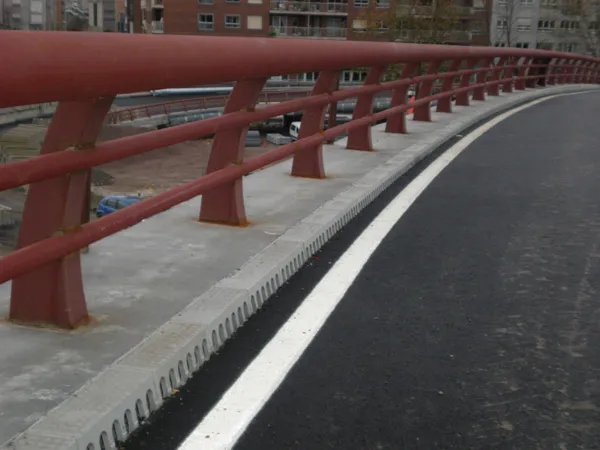4028 Abacus has won a prestigious contract from the Hong Kong Highways Department. The UK-based company will manufacture and supply nearly 2,500 of their patented raising and lowering lighting columns as part of a project to light a number of city roads throughout China’s New Territories East Region. Originally designed for the railway industry in the 1960s, Abacus says the firm’s raising and lowering column is now found on nearly every station platform across the UK, as well as in sports stadia, airports, ports and major construction projects across the world. Abacus’s vice chairman in Shanghai, Luise Schafer said: "By the very nature of the highways environment, maintenance personnel can be at risk when carrying out their duties at height. The raising and lowering system provides safe and controlled lowering of the column via a spring or hydraulic counterbalance, allowing essential maintenance work to be carried out at ground level, thereby improving health and safety conditions." As an approved supplier to the 1338 Hong Kong Highways Department, Abacus has already completed a number of prestigious installations throughout China, including Shanghai Pudong International Airport. It is also putting the final touches to an apron lighting scheme at the country’s largest new airport construction project, Kunming New International Airport. Schafer added: “We’re delighted to have been awarded this contract as it reinforces Abacus’ leading position in road lighting projects in Hong Kong. “The Highways Department has already placed the order for the complete number of columns and we will manufacture and dispatch the required quantities as the project progresses. This ‘call off’ method is very good bread and butter business for the company and we value this relationship very much.” The new highways contract follows the recent opening of Abacus’ new offices in the much admired Gateway East building in Singapore. Shanghai Abacus Lighting’s brand new production facility in the Fengxian District was officially opened in October 2011 by HRH the Duke of York.






